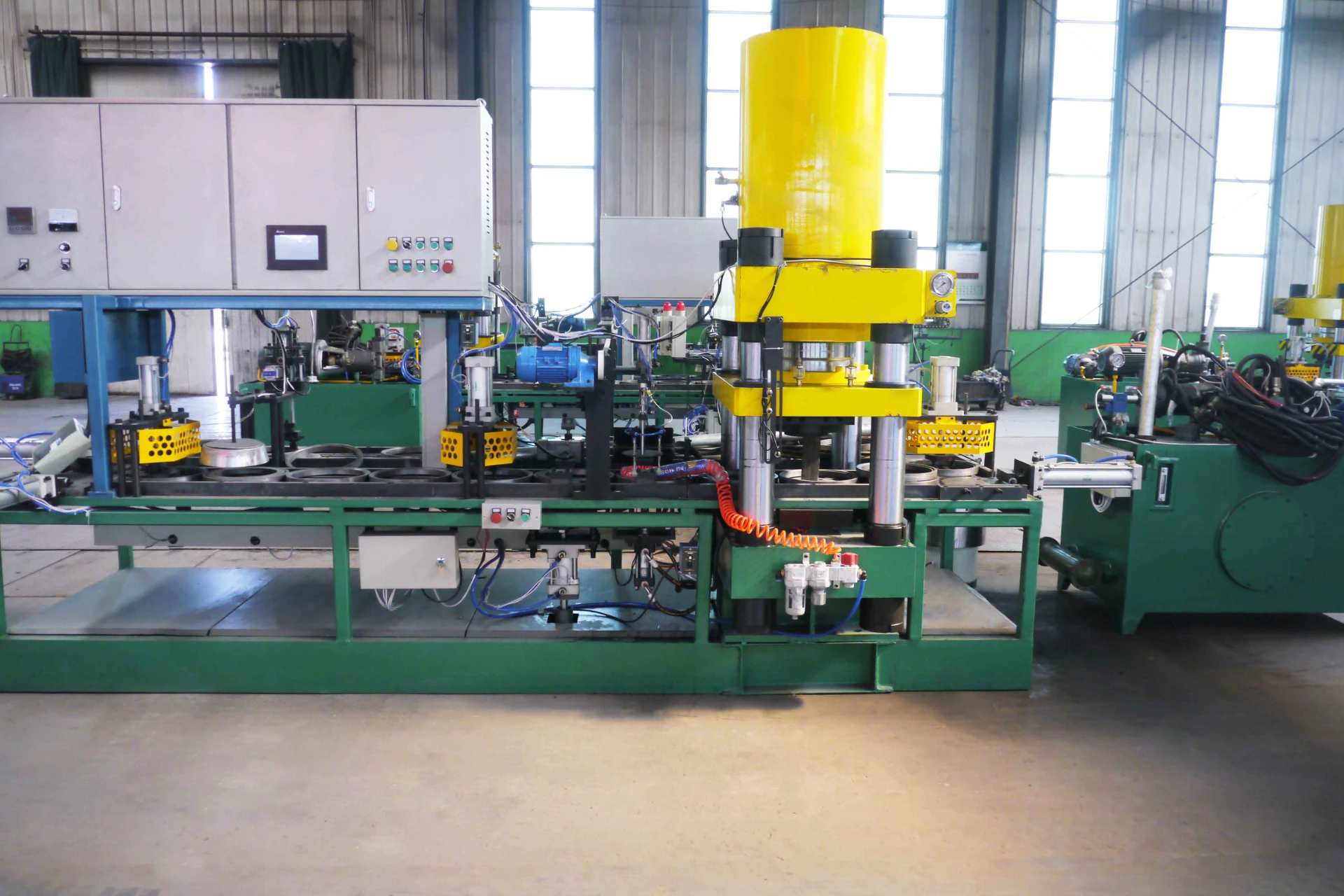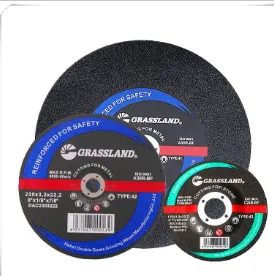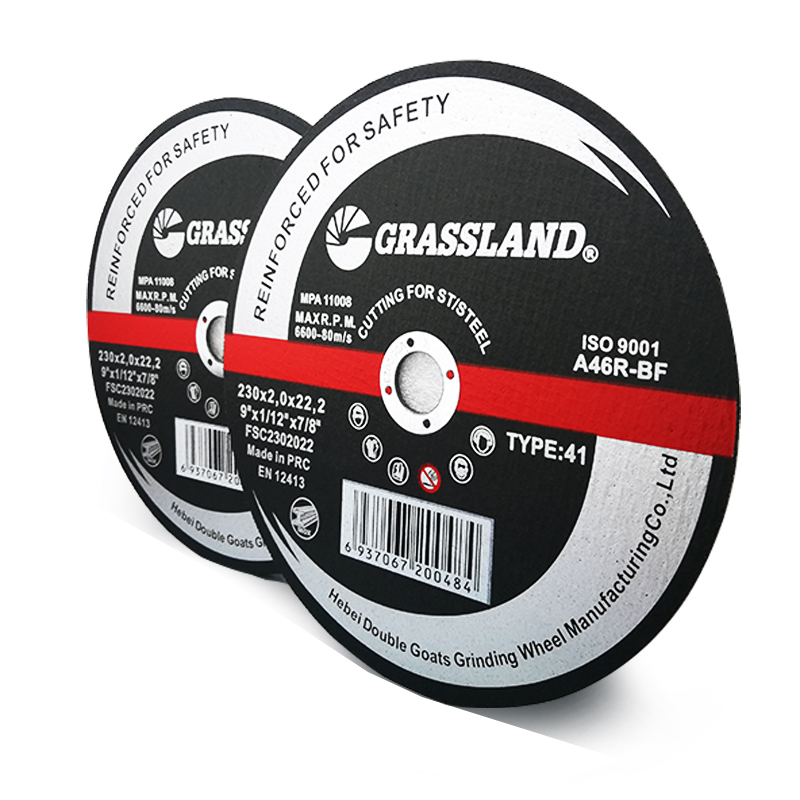

Diamond discs stand out with their stellar performance in cutting and grinding hard materials like concrete, granite, and marble. Known for their extended lifespan and superior strength, these discs feature a diamond-coated edge, enhancing their cutting efficiency. Selecting the right diamond bond and segment specification depends on the material's hardness and the desired finish. For best results, cooling techniques such as water cutting should be implemented to minimize heat buildup and extend disc life. Wire wheels are another category, primarily used for cleaning and surface preparation. With bristles made of hardened steel or brass, wire wheels excel at removing rust, scale, and paint. While they don't remove as much material as abrasive discs, their ability to reach into contours and crevices makes them indispensable for certain tasks. However, operators should wear proper protective equipment, as loose wires pose a significant safety hazard upon flying off. Lastly, sanding discs are crucial for woodworking projects. They come in various types, including fiber, cloth, and paper backing, with grit ranging from coarse to fine. This allows for precise control over wood surface finishing, from initial smoothing to the finer detailing. Selecting the right grit size and backing material directly impacts the quality of finish and operational ease, necessitating informed decision-making by the user. Each grinder disc type offers unique advantages and potential drawbacks. A thorough understanding allows for their effective application, optimizing results while maintaining safety. By choosing the right type of grinder disc, professionals can enhance their workflow efficiencies, ensure high-quality outcomes, and prolong the operational lifespan of their tools. Having expertise in disc specification not only reinforces one's authority and trustworthiness in the field but also translates into tangible improvements in project delivery and client satisfaction.
Post time:Jan - 11 - 2025

















